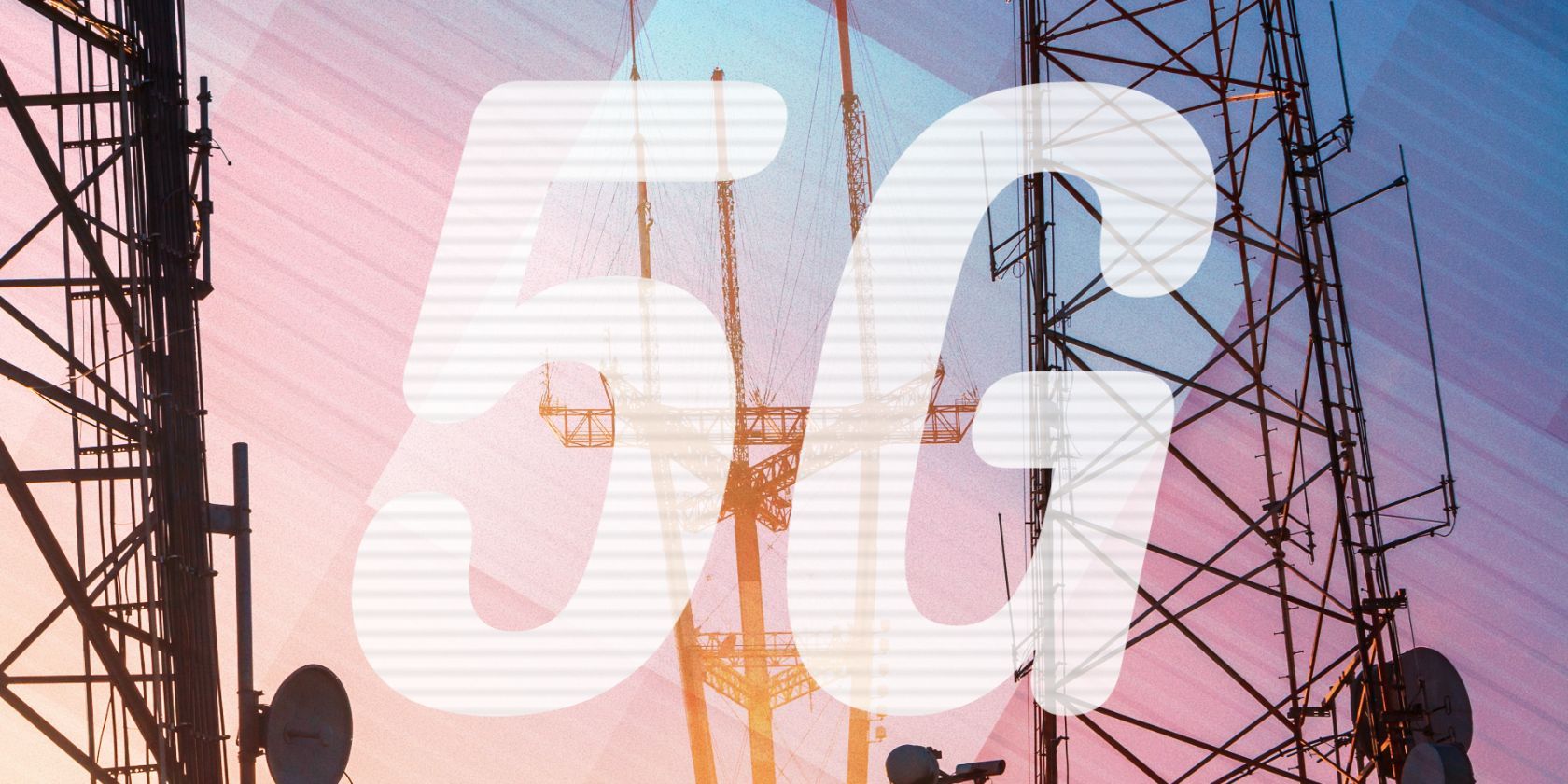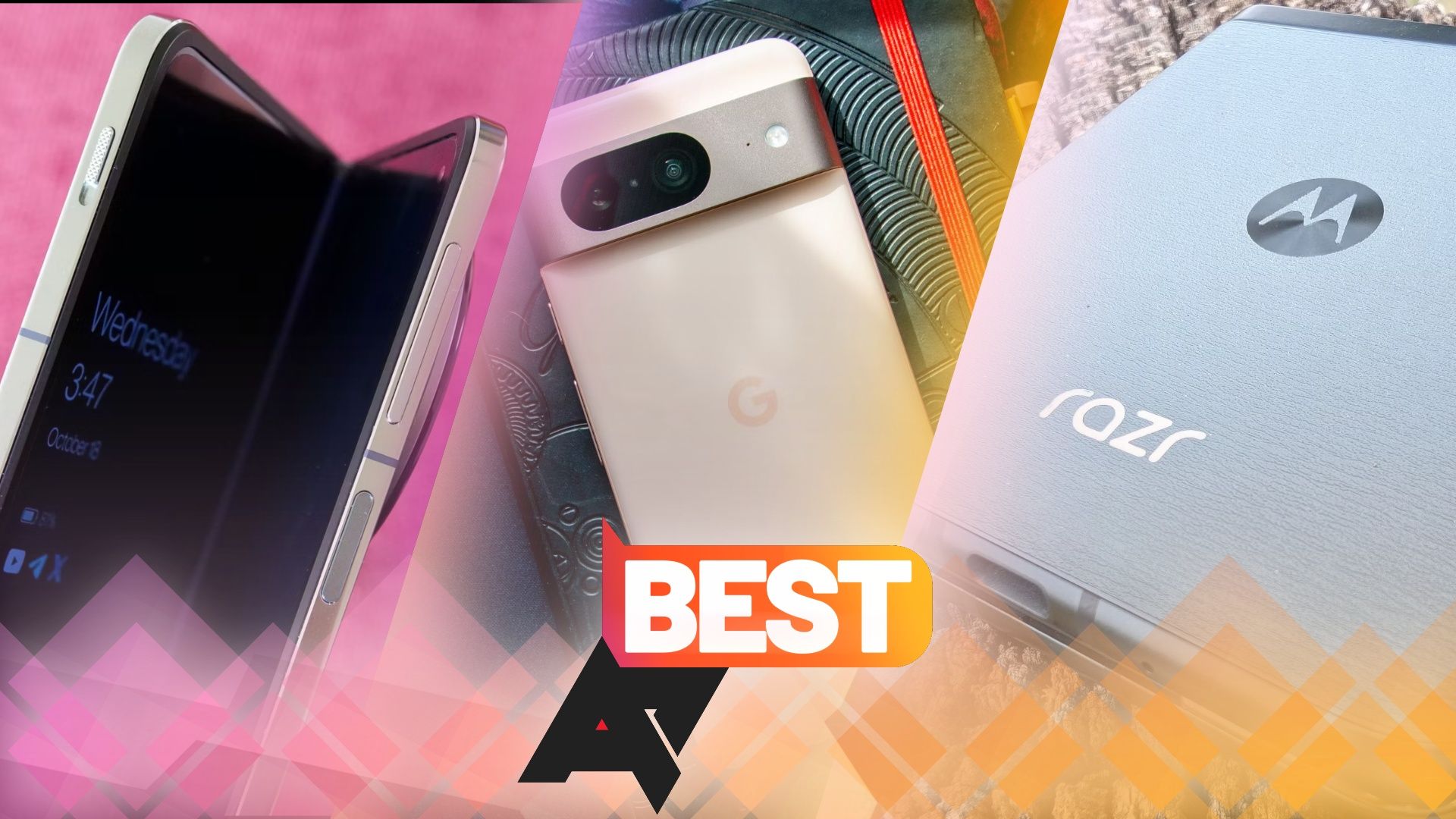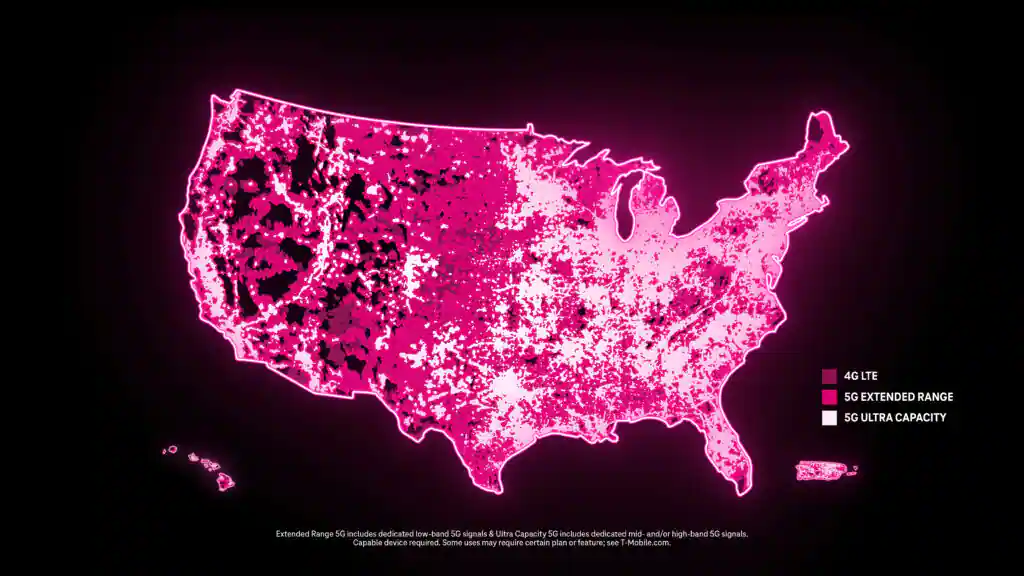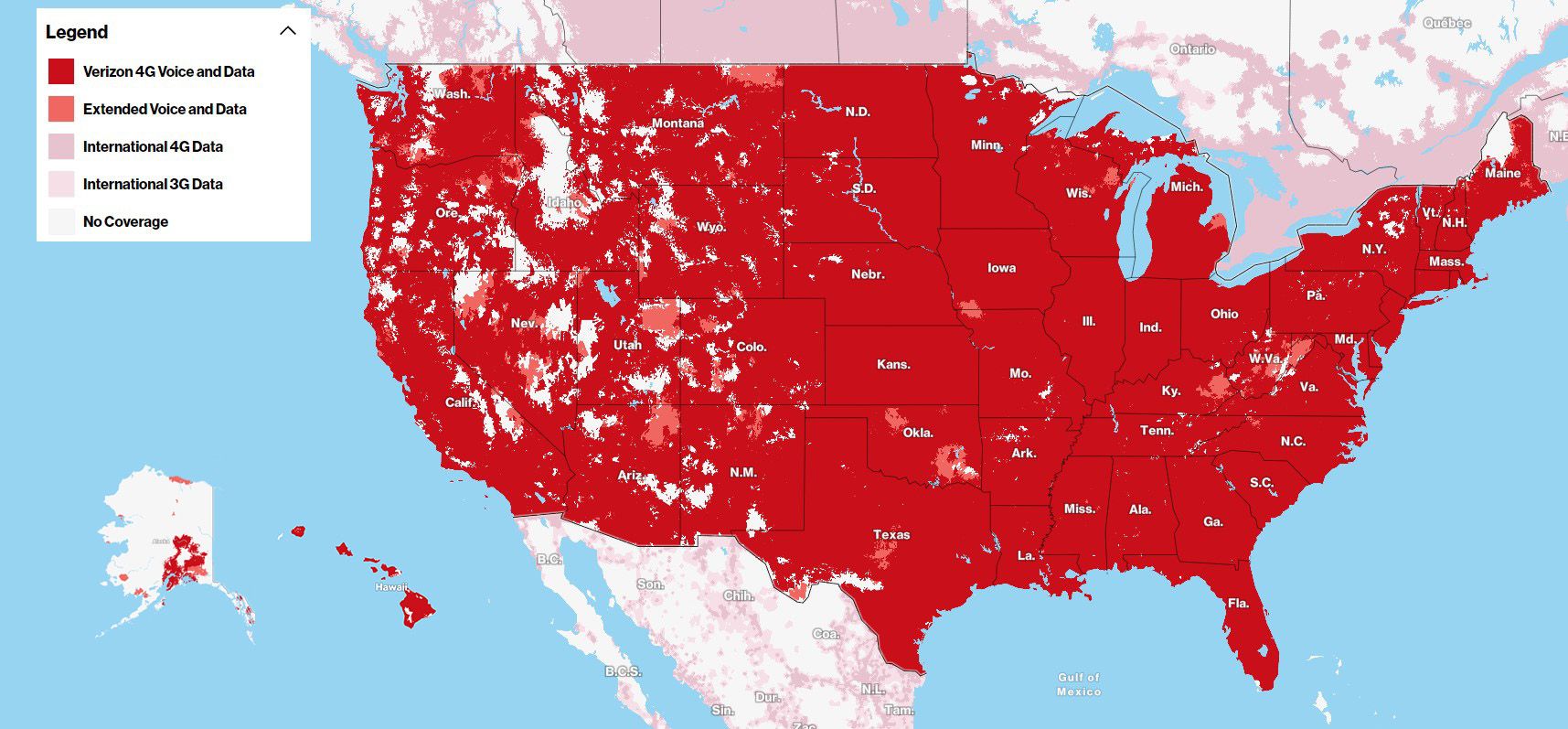Take a quick look at the signal area of your phone. Have you noticed a new icon in the signal area? That's the 5G signal replacing the old LTE. Nowadays, it doesn't matter if you have the latest smartphone or a budget-friendly Android. You're probably in the 5G club.
This is made possible by 5G networks that major US telecom giants have rolled out in recent years. However, there's a noticeable difference in the experience various 5G networks provide. The following discussion details the differences between 5G Plus, 5G UW, and 5G UC.
Understanding the spectrum of 5G technology
Before we explain the difference between 5G UW, 5G UC, and 5G Plus, let's take a step back and talk about 5G bands. 5G offers a faster experience but doesn't guarantee a consistent connection. Depending on which band you access, your experience can vary.
Your 5G device is on it, seamlessly switching between bands to keep the connection as stable as possible. This flexibility sets 5G apart from any cellular tech we've had. The table below presents a detailed breakdown of the different 5G bands.
|
Spectrum Band |
Range |
Coverage Radius |
Speed |
|---|---|---|---|
|
Low-band |
< 1GHz |
> 100Km |
30Mbps to 250Mbps |
|
Mid-band |
1GHz to 6GHz |
1Km to 100Km |
100Mbps to 900Mbps |
|
High-band |
mmWave (26/28GHz) |
< 1Km |
1Gbps to 2Gbps |
Pros and cons of Millimeter-wave technology
True 5G performance is best represented by High-Band 5G, or mmWave technology. It delivers download speeds up to ten times faster than 4G LTE. This leap forward requires new cell tower technology. It shines in urban density and crowded places such as airports and shopping centers. Its limitations become apparent through its constrained range and interference sensitivity.
Its absence outside urban areas means devices must continuously search for signals. This constant search negatively affects battery life. It leads to worse battery performance compared to 4G LTE and other 5G connections.
The broad coverage of low-band 5G at modest speeds
Low-band 5G slightly outpaces 4G LTE, offering up to a 20% speed improvement, though the difference is negligible in certain instances.
The advantage of low-band 5G is its seamless integration with the current 4G LTE infrastructure, ensuring quicker adoption and widespread access.
The energy sector has adopted low-band 5G to communicate with distant sites like oil fields, mines, and wind farms. The agricultural industry also leverages low-band 5G for remote monitoring of crops through smart sensors in farm management.
Balancing speed and coverage with mid-band 5G
Mid-band 5G, also recognized as the C-band, is the latest iteration in the 5G family, achieving a balance between speed and reach. Mid-band 5G offers speeds approximately six times greater than LTE.
It surpasses low-band performance while providing a wider reach and more consistent availability than its high-band counterpart. This makes mid-band 5G an ideal choice for many applications, including serving business parks, college campuses, and the interconnected framework of smart cities by offering steady service to IoT devices.
Decoding the branded 5G services of carriers
As if labeling three separate network technologies as "5G" wasn't confusing enough, AT&T, T-Mobile, and Verizon use their own terms to describe their 5G networks. These terms relate to high, mid, or low-band frequencies.
Your access to each company's 5G network varies, influenced by factors like location, device model, and mobile plan. You can identify which 5G service you use from icons on your phone's screen. However, perform a speed check to determine your 5G connection type. High-band 5G is rare. Seeing 5G+, 5G UC, or 5G UW icons indicates a connection to the mid-band network, which is widely available.
T-Mobile's 5G UC and Extended Range services
T-Mobile splits its 5G network into 5G Ultra Capacity (5G UC) for high-speed access and 5G Extended Range for broader coverage. The 5G UC combines the best high-band and 2.5GHz mid-band frequencies for a high-speed connection, as indicated by your mobile screen's 5G UC badge.
If your device shows only 5G, you're using the Extended Range service, which operates on a lower-speed, low-band spectrum with speeds that are on par with 4G LTE.
Verizon's 5G UW and nationwide services
The acronym UW in 5G UW stands for Ultra-Wideband, a term Verizon uses to describe its combined offering of high-band and mid-band 5G networks. Initially, Verizon's 5G was limited to high-band frequencies. To overcome coverage limitations, mid-band 5G was adopted and classified under the Ultra-Wideband label.
Spotting a UW icon on your mobile screen means you're linked to the mid-band network. Being on the high-band network is marked by greater speed differentials. A simple 5G icon indicates Verizon's 5G nationwide service, which uses low-band frequencies.
AT&T's 5G+ and Evolution services
If your phone displays a 5G+ symbol, you are accessing AT&T's premium network segments, either the high-band or mid-band spectrum. AT&T concentrated its high-band deployment mainly in venues like stadiums and airports, making it rare in general urban or suburban settings.
The controversial 5GE label, previously marketed by AT&T as 5G Evolution, referred to an optimized version of its 4G LTE service. Due to consumer confusion, America's National Advertising Review Board (NARB) prompted AT&T to phase out this terminology from its promotional content. However, the 5GE indicator may appear in your signal area. The standard 5G marker without the plus sign points to a low-band 5G network, which offers speeds only slightly superior to LTE.
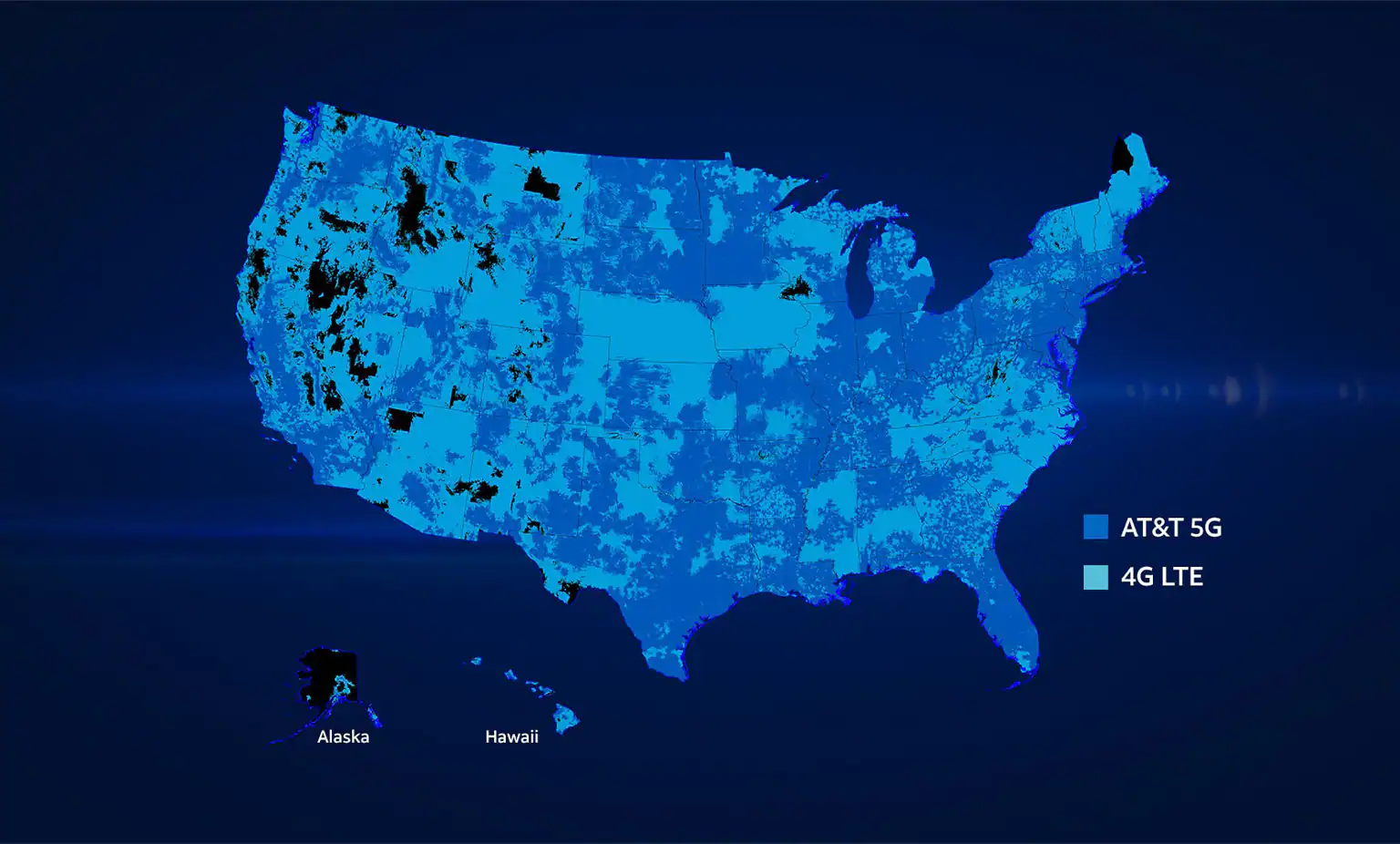 The transformative potential of 5G
The transformative potential of 5G
This opens up unprecedented opportunities for real-time monitoring, analysis, and control on a global scale. With its ability to support up to 1 million devices per square kilometer, 5G can scale our industries to levels previously unattainable.
Beyond downloading a 4K movie to your 5G phone in seconds (even from a crowded airport), 5G ensures lag-free communication and immediate data transmission. For those times when your 5G connection doesn't work correctly, switch between 5G and LTE for a stable connection.

